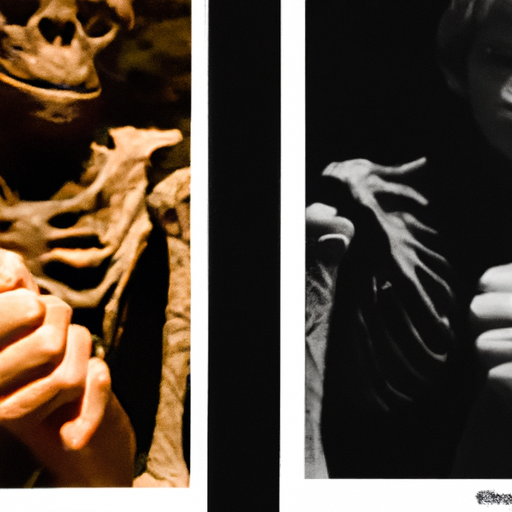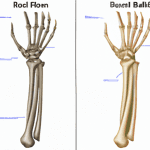Unveiling the Origins of Humanity: Is Ardi a Human Ancestor?
In the quest to understand our roots and trace the origins of humanity, scientists have made remarkable discoveries that shed light on our evolutionary journey. One such discovery is Ardi, a fossilized skeleton that has captivated the attention of researchers and enthusiasts alike. But the question remains: Is Ardi a human ancestor?
Ardi, short for Ardipithecus ramidus, is a hominin species that lived approximately 4.4 million years ago. Discovered in Ethiopia in 1994, Ardi is considered one of the most significant fossil finds in the field of paleoanthropology. Its discovery has challenged previous assumptions about human evolution and provided valuable insights into our early ancestors.
The Ardi Fossil: A Glimpse into the Past
The Ardi fossil consists of numerous skeletal fragments, including parts of the skull, teeth, hands, feet, and pelvis. This remarkably preserved skeleton has allowed scientists to reconstruct the anatomy and behavior of this ancient hominin species. By analyzing the fossil, researchers have pieced together a fascinating story of Ardi’s life and its place in the human evolutionary tree.
Ardi’s Place in the Human Family Tree
The discovery of Ardi has sparked debates and discussions among scientists regarding its classification and its relationship to modern humans. While Ardi shares some characteristics with later hominin species, such as Australopithecus and Homo, it also exhibits unique features that set it apart.
Based on current evidence, Ardi is believed to be a direct ancestor of the Australopithecus genus, which includes the famous Lucy fossil. However, its exact position in the human family tree is still a subject of ongoing research and debate. Some scientists argue that Ardi represents a separate branch of hominin evolution, while others propose it as a potential ancestor to both Australopithecus and Homo.
The Importance of Ardi in Understanding Human Evolution
Regardless of its precise classification, Ardi’s significance in understanding human evolution cannot be overstated. The fossil provides crucial insights into the anatomical and behavioral adaptations of early hominins, shedding light on the transition from quadrupedalism to bipedalism. Ardi’s hand structure suggests a unique combination of tree-climbing and tool-use capabilities, offering clues about the development of early human dexterity.
Furthermore, Ardi’s habitat and associated fauna provide valuable information about the environment in which our early ancestors lived. By studying the fossilized remains of plants and animals found alongside Ardi, scientists can reconstruct the ecosystem and better understand the ecological factors that influenced human evolution.
Conclusion
In conclusion, Ardi represents a significant milestone in our understanding of human evolution. While its exact position in the human family tree is still being debated, there is no doubt about the valuable insights it has provided. Ardi’s unique anatomical features and behavioral adaptations offer a glimpse into the lives of our early ancestors and contribute to the ongoing puzzle of our origins.
As we continue to unearth new fossils and gather more evidence, our understanding of human evolution will undoubtedly evolve. Ardi, with its enigmatic nature, reminds us of the complex and fascinating story of our species’ journey from ancient hominins to modern humans.




